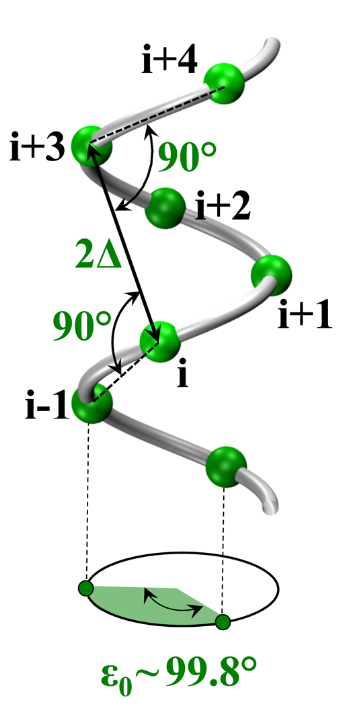Proteins are the common constituents of all living cells. They are molecular machines that interact with each other as well as with other cell products and carry out a dizzying array of functions with distinction. These interactions follow from their native state structures and therefore understanding sequence-structure relationships is of fundamental importance. What is quite remarkable about proteins is that their understanding necessarily straddles several disciplines. The importance of geometry in defining protein native state structure, the constraints placed on protein behavior by mathematics and physics, the need for proteins to obey the laws of quantum chemistry, and the rich role of evolution and biology all come together in defining protein science. Here we review ideas from the literature and present an interdisciplinary framework that aims to marry ideas from Plato and Darwin and demonstrates an astonishing consilience between disciplines in describing proteins. We discuss the consequences of this framework on protein behavior.
Download “Article preprint” Proteins_celebration_consilience.pdf – Downloaded 236 times – 2 MB
Download a copy of the manuscript (preprint version)

